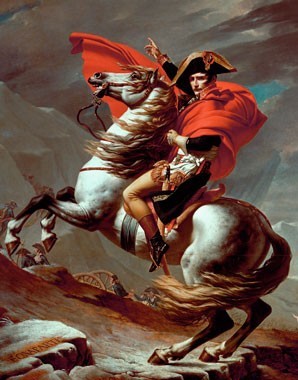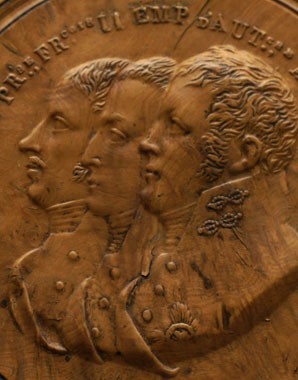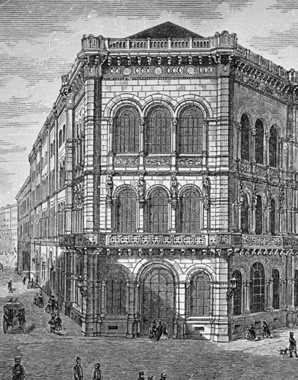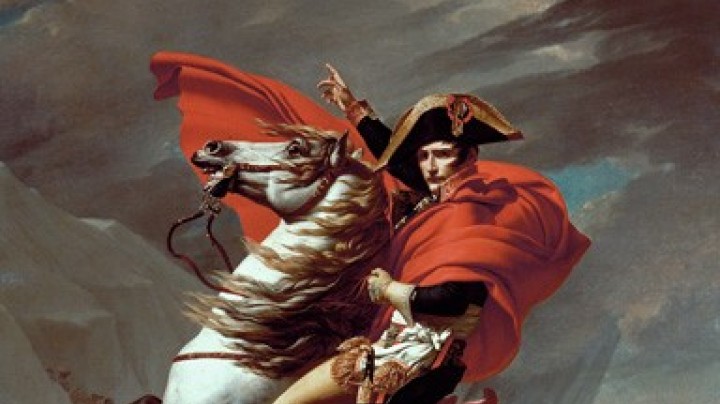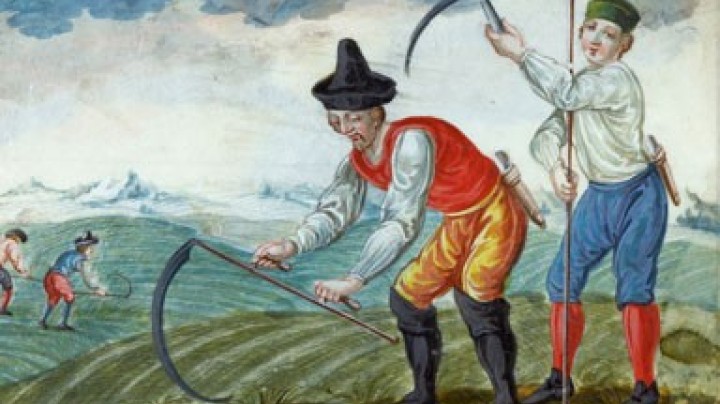The palace of money – Where does all the money come from?
‘Chit bank’ (‘Zettelbank’) – that is what people called the National Bank at the beginning of the nineteenth century, because it printed banknotes, popularly known as chits (Zettel).
It was not so obvious that the National Bank should be responsible for printing banknotes and issuing money: up to then it had been the mints, admittedly ultimately under instructions from the monarch, that had produced money. Above all in times of war and economic crises monarchs deemed it necessary to produce more and more money in order to meet increasing demand. This procedure resulted in money becoming worth less and less.
At the beginning of the nineteenth century the Napoleonic Wars and the Congress of Vienna cost enormous sums of money. The foundation of the ‘Privileged Austrian National Bank’ was intended as a way out of the desperate financial situation. From 1860 the National Bank was housed together with the Stock Exchange in a building designed by Heinrich Ferstel. After a lengthy planning process the Bank moved to an imposing but functional new building in 1925.
The tasks of the new bank were to regulate the circulation of money and to stabilize the currency; it also had the privilege of issuing banknotes and the production of money was outsourced to it. This meant that that the money supply was no longer in the emperor’s immediate sphere of influence – theoretically, at least. In practice the emperor continued to have recourse to the National Bank’s printing press in the event of war increasing the demand for money. He also continued to appoint those in charge of the bank, that is to say the governor and his deputy.
At the same time commoners played a significant role: after all, the bank had twelve directors, who were chosen by the bank’s largest shareholders – and these were above all members of the so-called ‘second tier of society’. Despite the establishment of the National Bank the Monarchy’s financial situation remained tight, showing some improvement only towards the end of the nineteenth century.

